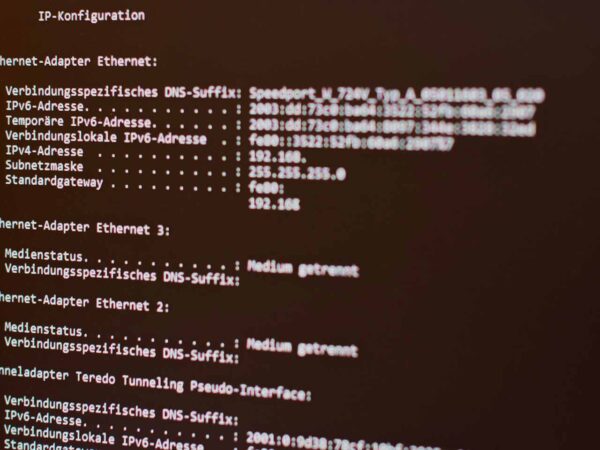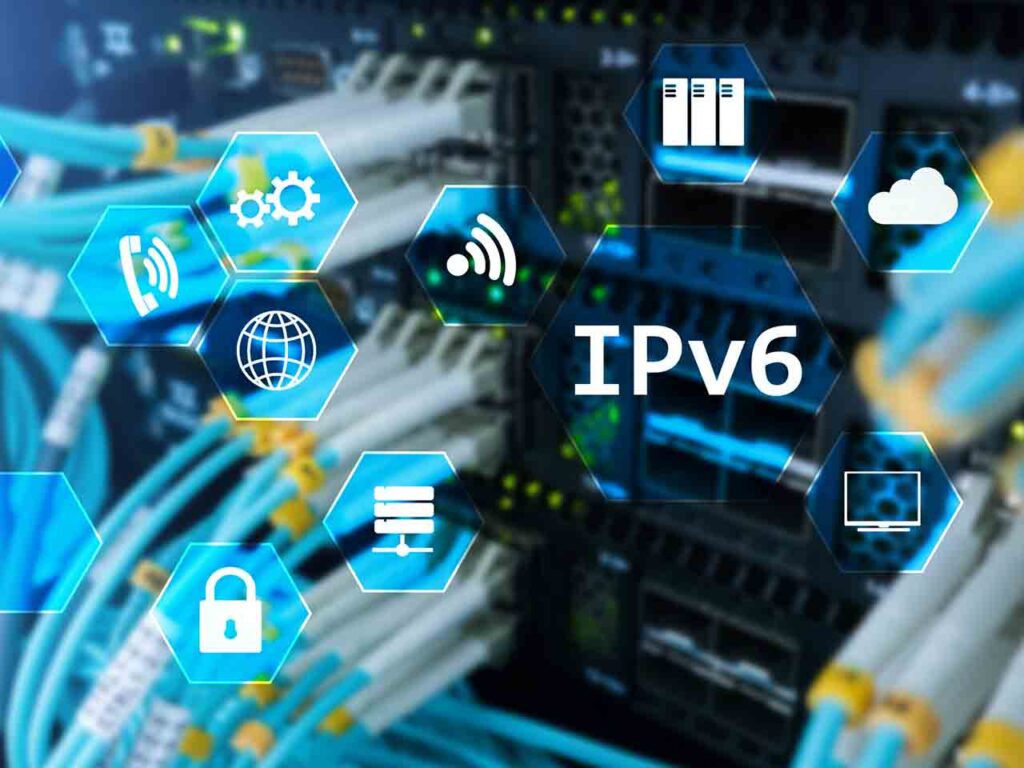There are certain situations where one might consider disabling IPv6 and using only IPv4.
However, it’s important to remember that IPv6 is the future of internet addressing and has been developed to solve many of the limitations of IPv4.
Stay One Step Ahead of Cyber Threats
Disabling IPv6 should be considered only as a temporary measure or in specific scenarios.
Reasons to Disable IPv6 and Use IPv4
1. Compatibility Issues
Some older hardware or software may not fully support IPv6, leading to compatibility issues or reduced performance.
In such cases, using IPv4 can help maintain better compatibility with the existing infrastructure.
2. Network Management and Monitoring
Some network administrators might be more familiar with IPv4 and the tools available for managing and monitoring IPv4 networks.
They may find it easier to manage an IPv4-only network, especially when dealing with legacy systems.
3. VPN and Firewall Configuration
Certain VPN and firewall configurations might not support or be optimized for IPv6.
Using IPv4 can help avoid potential security vulnerabilities and ensure consistent performance across the network.
Risks and Limitations of IPv6 Compared to IPv4

4. Security Risks
While IPv6 has improved security features compared to IPv4, such as built-in support for IPsec, it can also introduce new security risks if not configured and managed properly. For example, the larger address space and the use of auto-configuration in IPv6 can make it easier for attackers to perform reconnaissance activities and exploit vulnerabilities in improperly secured networks.
5. Complexity
IPv6 is more complex than IPv4 in terms of address structure and management, which can lead to a steeper learning curve for network administrators. This can also lead to misconfigurations that could result in security vulnerabilities or performance issues.
6. Dual-Stack Challenges
Implementing both IPv4 and IPv6 on a network (dual-stack) can introduce additional complexity and potential security risks if not managed properly.
There might be a need to maintain separate security policies, firewall rules, and routing configurations for each protocol, increasing the risk of misconfigurations.
Summary
It’s crucial to emphasize that disabling IPv6 is not a long-term solution, as the world is moving towards adopting IPv6 due to the limitations and exhaustion of IPv4 addresses.
It’s essential for network administrators and organizations to invest time and resources in understanding and implementing IPv6 securely and efficiently.
Surprising Privacy Dangers of IPv6! (Video)
"Amateurs hack systems, professionals hack people."
-- Bruce Schneier, a renown computer security professional






